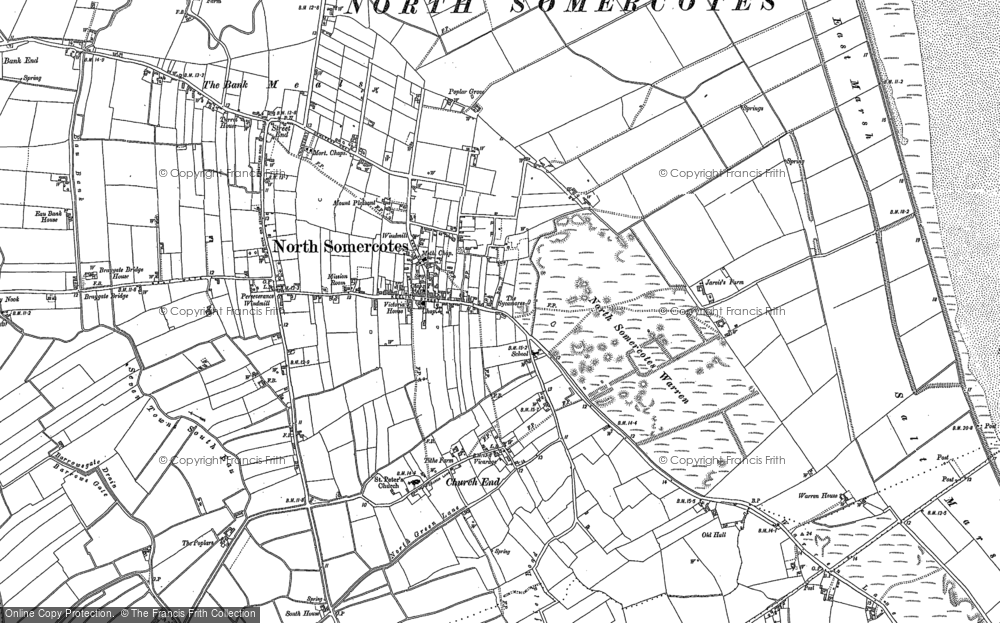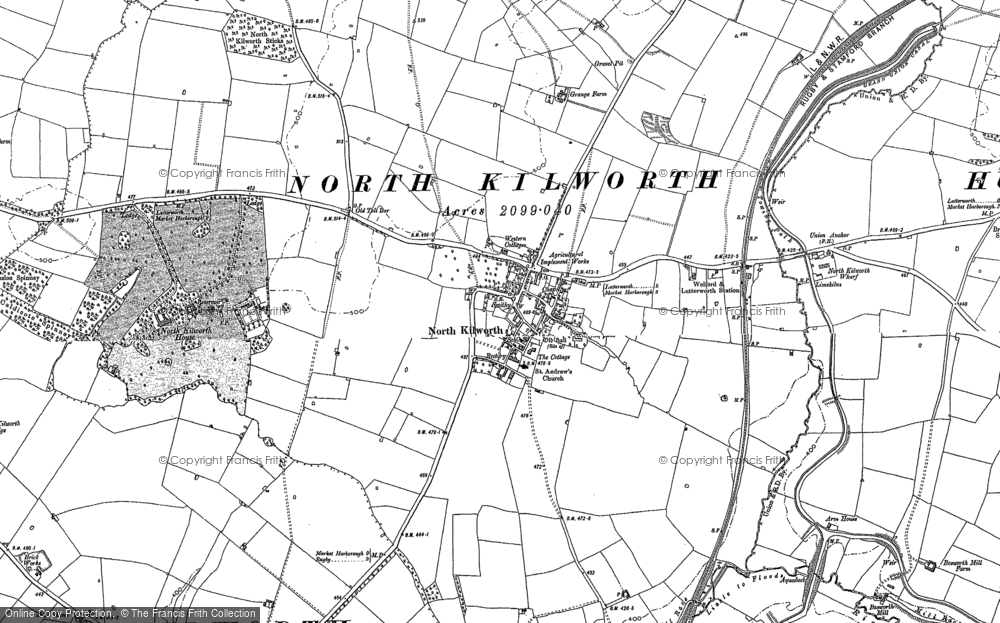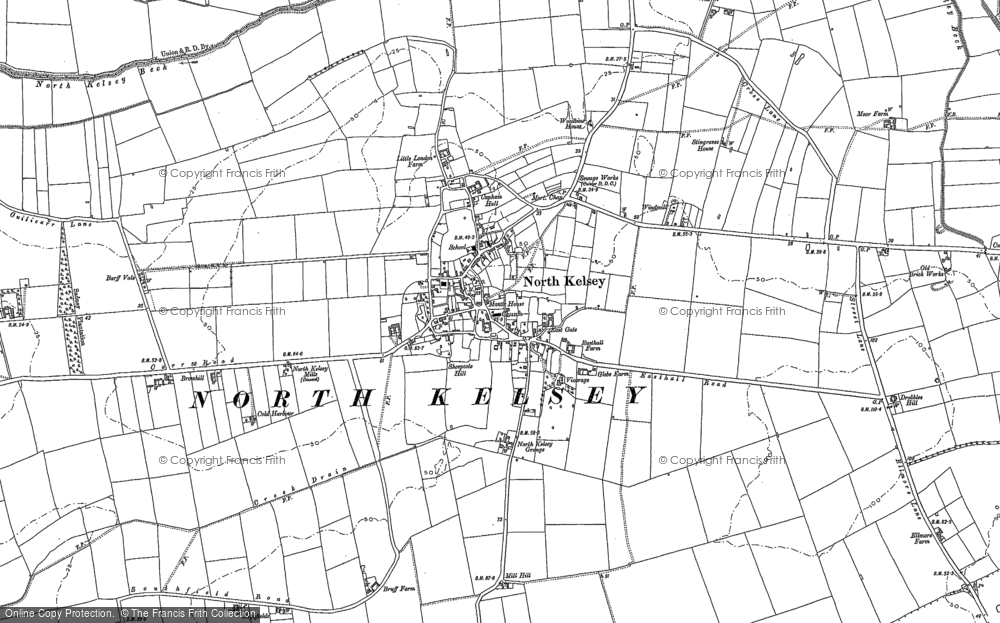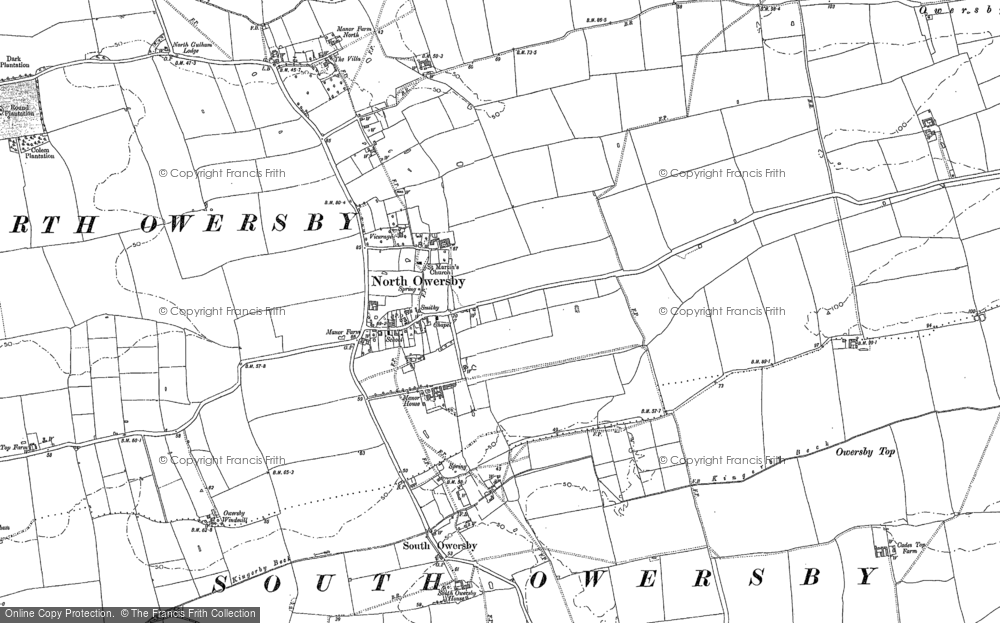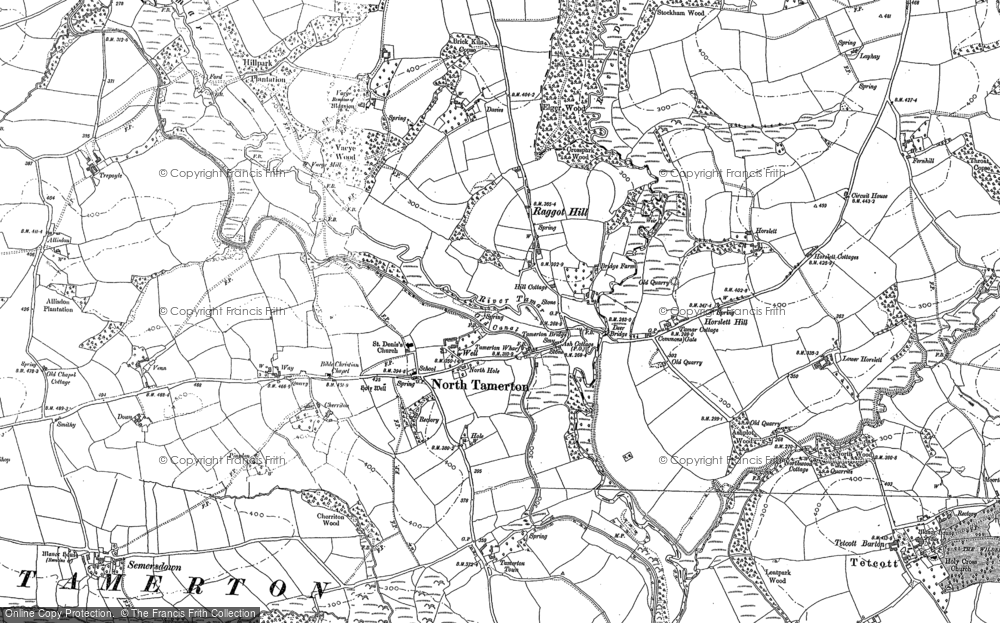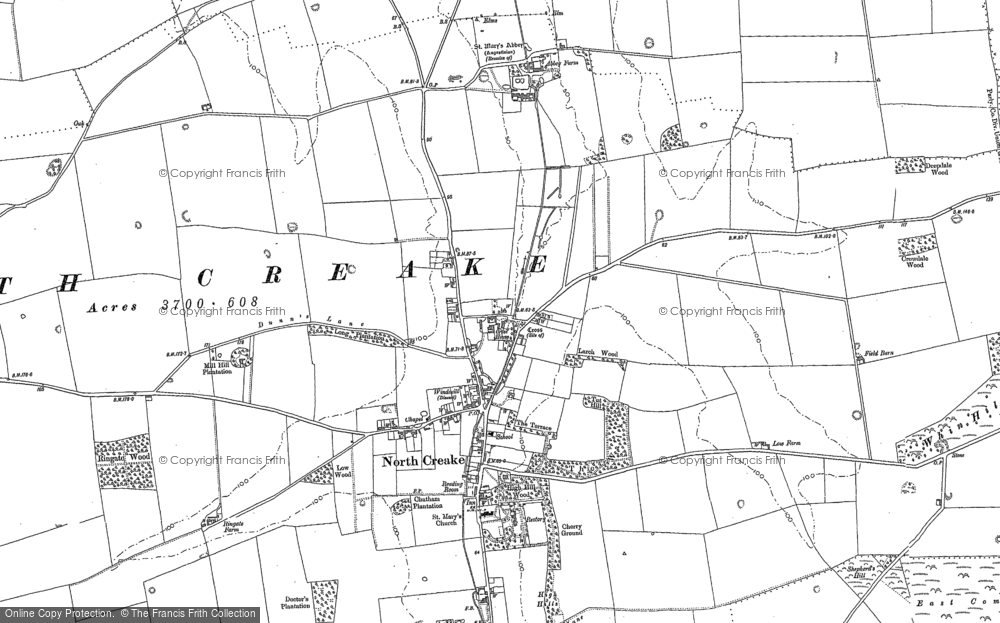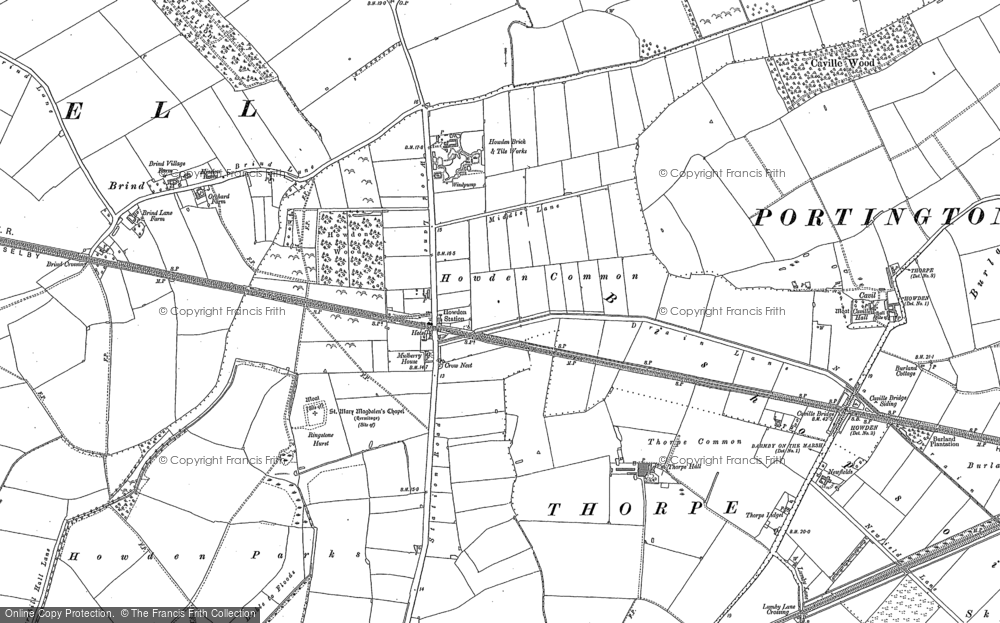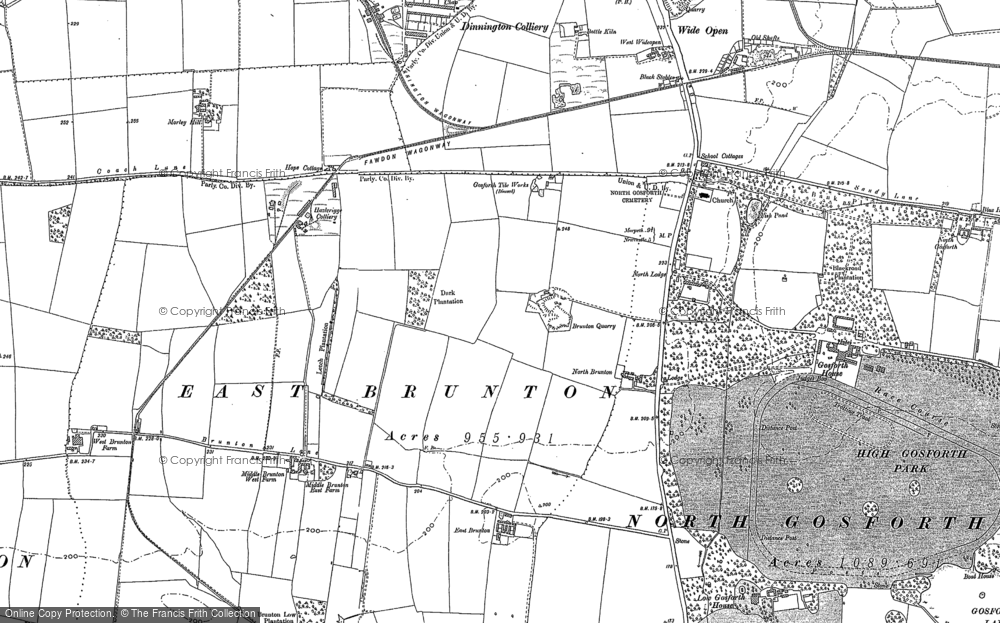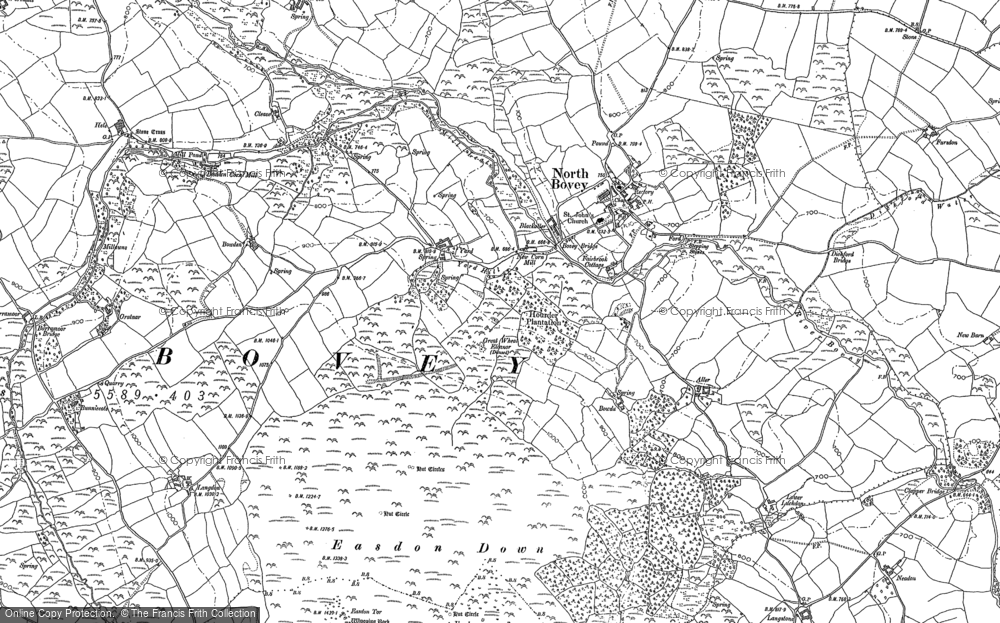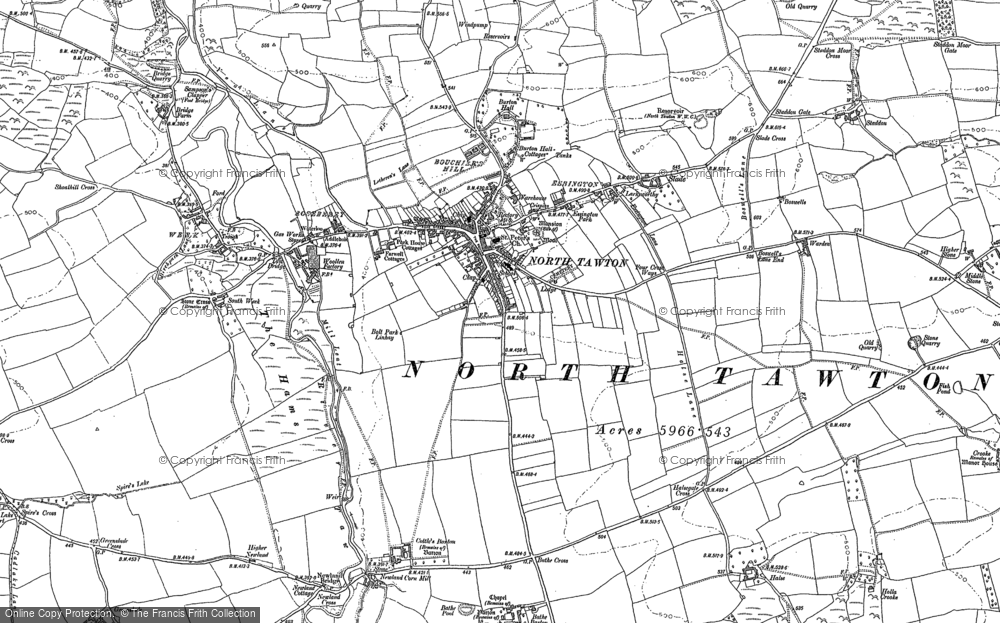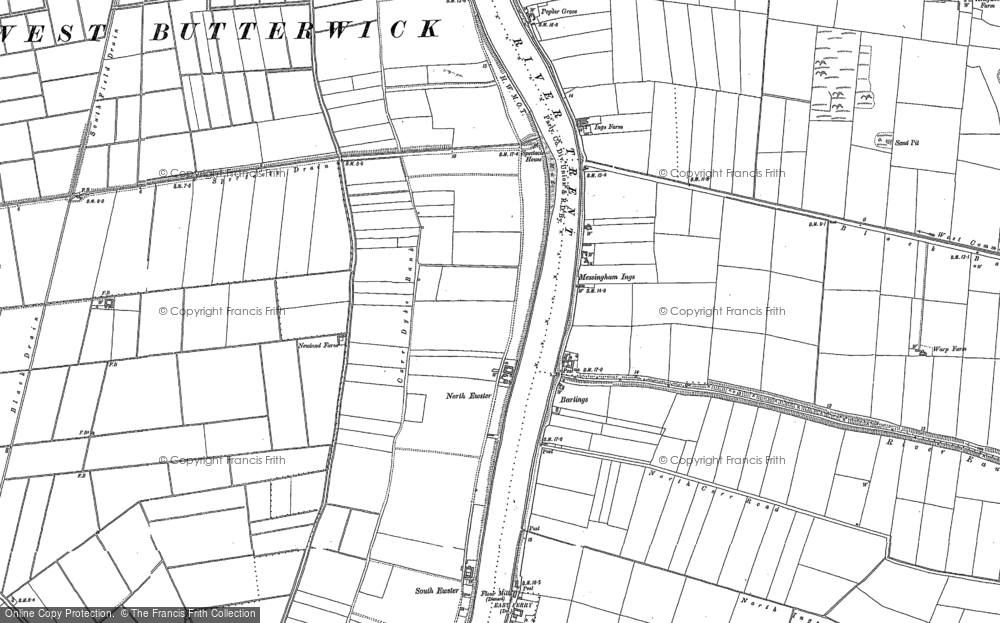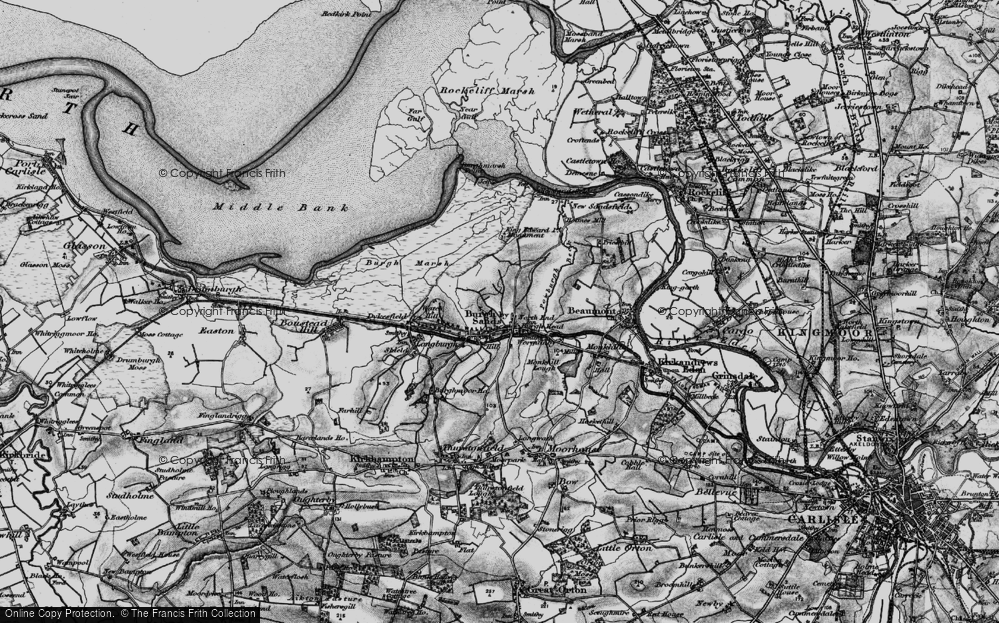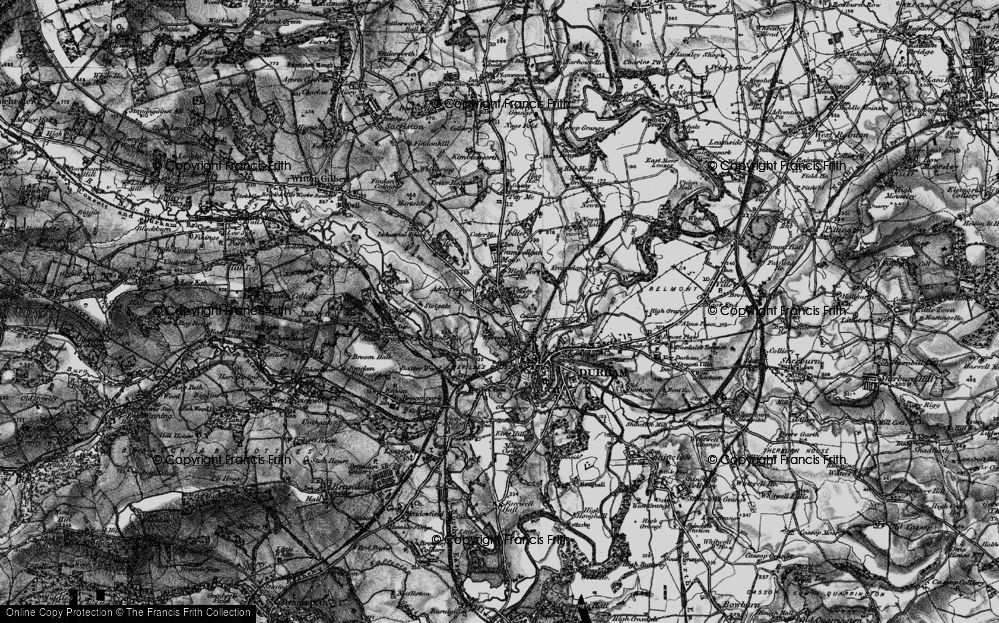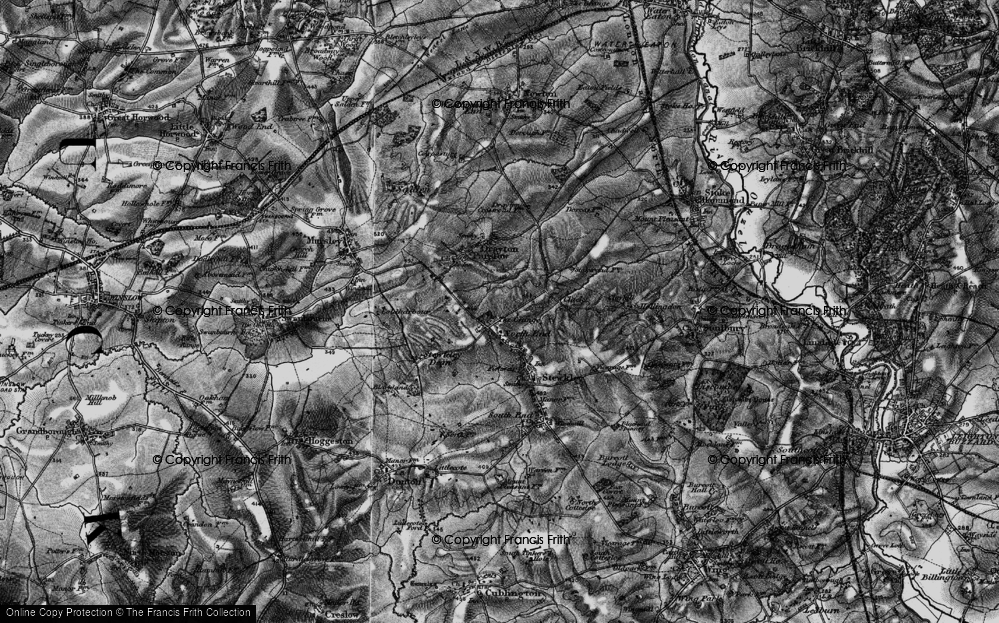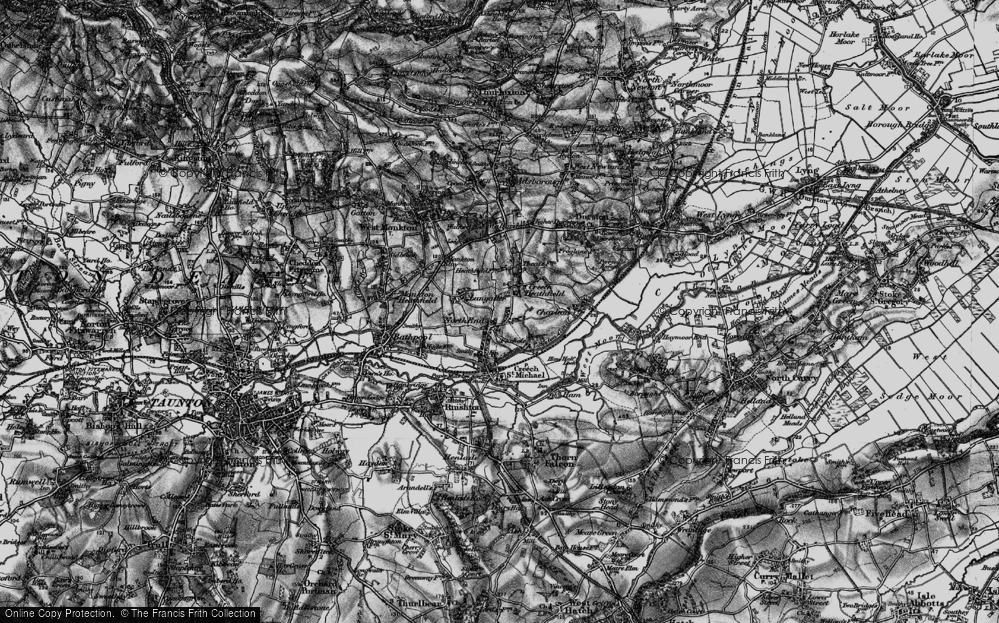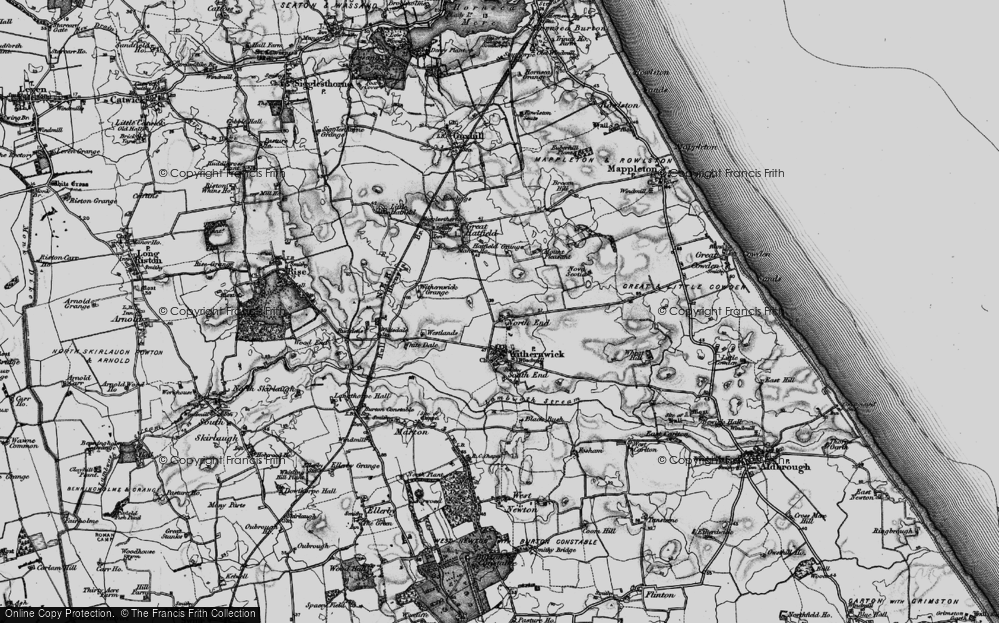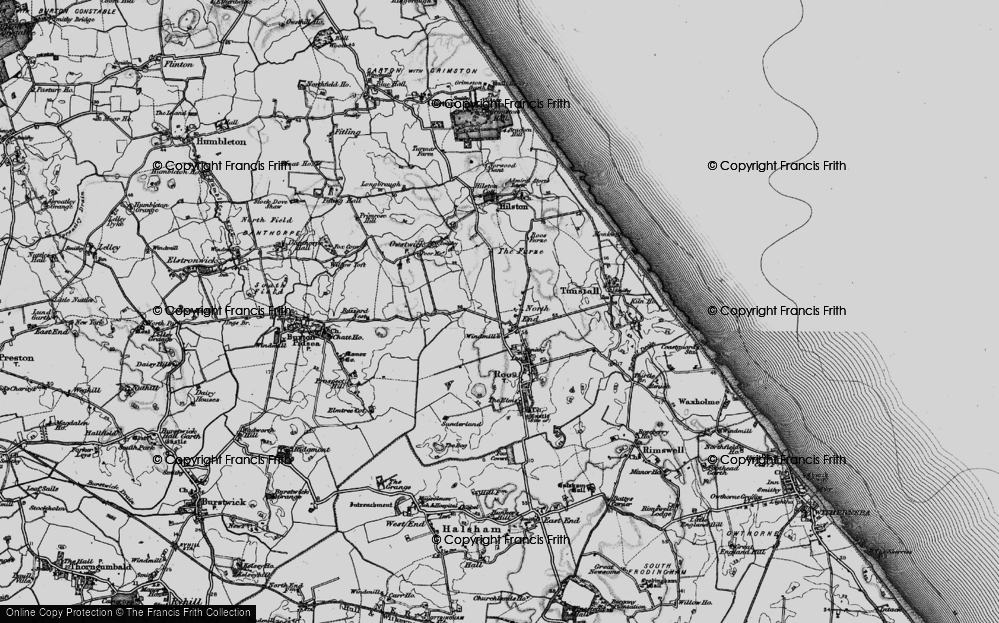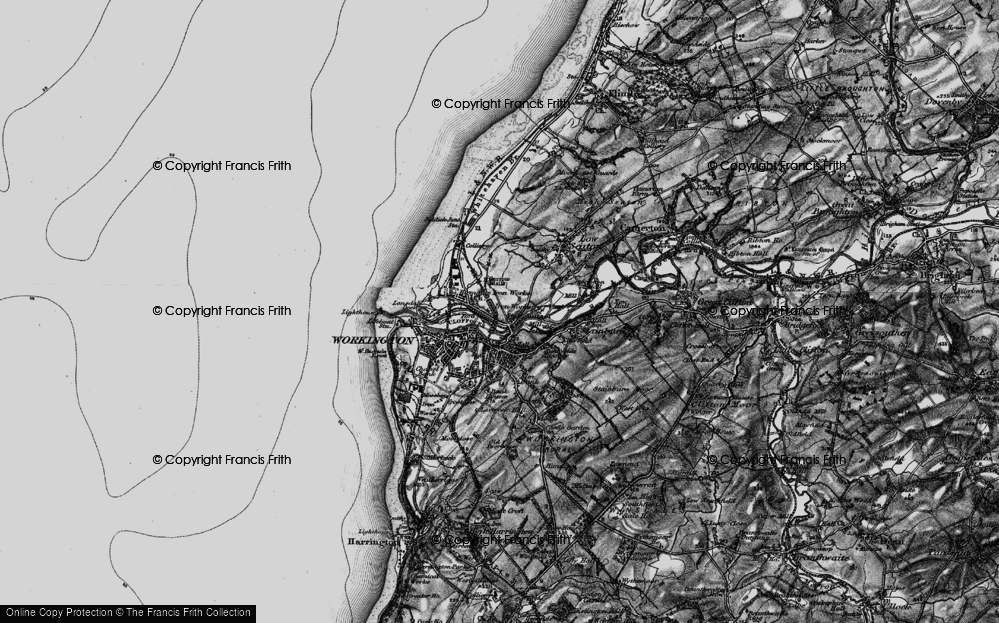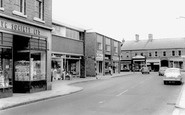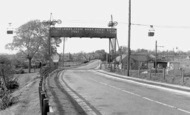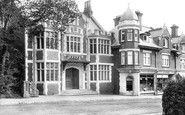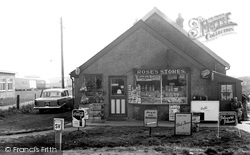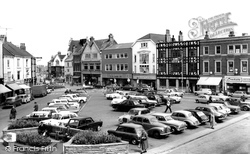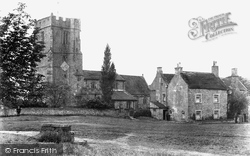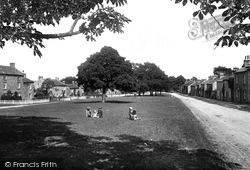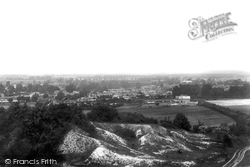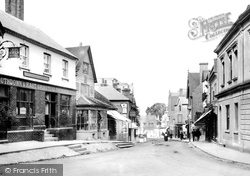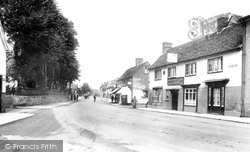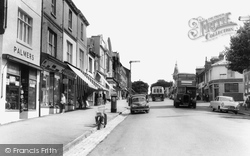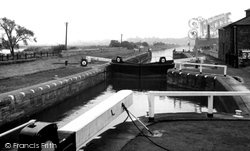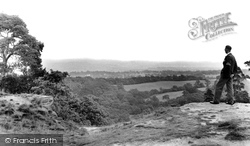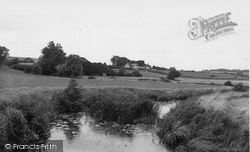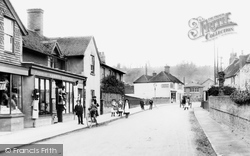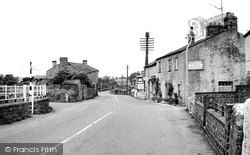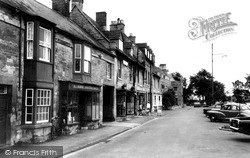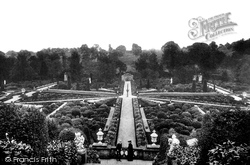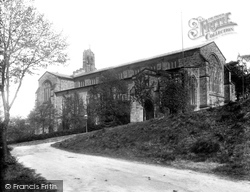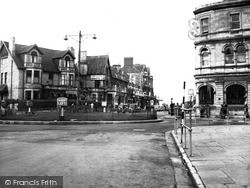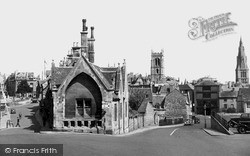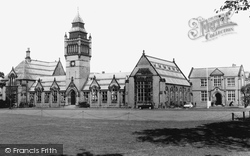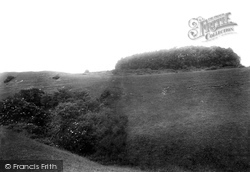Places
Sorry, no places were found that related to your search.
Did you mean: north ness or na h ness or nook ness or nash ness ?
Photos
12 photos found. Showing results 1,101 to 12.
Maps
9,582 maps found.
Books
Sorry, no books were found that related to your search.
Memories
4,583 memories found. Showing results 551 to 560.
Croxley Station 1940 1945
Hi, my name is Brian Nicoll. My mother, father and I lived in 10 Frankland Rd from 25/9/35 when I was born until 1956 when I got married. As a small boy I used to have a friend called Roger Gosney who lived over the ...Read more
A memory of Croxley Green in 1940 by
Bell Street
I remember going to Bell Street around 1967/8 to see Michael Aspel open "Key Markets" which was a supermarket of sorts, and would be on the left-hand-side of this picture (I think either next door to the Co-op, or may have occupied the ...Read more
A memory of Wigston in 1967 by
Childhood Memory
The old photographs helped me remember some lovely memories of when I was a very young child, when it was a daily routine walking past the old brick works to go to Eye school, I believe that just past the brick works (obviously ...Read more
A memory of Eye
So Many Happy Hours
I spent so many happy summer holidays in Great Barton, and in particular Conyers Green where my Aunt Norah Lovelace lived in a cottage next to the old chapel building. I cycled often to the village store/post office, and ...Read more
A memory of Conyer's Green by
Tithby Or Tythby
I used to live in the village of TYTHBY, spelled with a Y and not an I. I did not even know that there was another village close by with a similar name. But I have checked on the computer and there it is, not too far away in the ...Read more
A memory of Tithby in 1944 by
Lost Times
My memories are of Okenden in the early days, my father was born there and was from a family of 11 children, he was called Arthur Oakley, he lived there when the local bobby walked the streets pushing his pushbike, and if he did ...Read more
A memory of South Ockendon in 1959 by
Parkstone Girls' Grammar School
This was the entrance to Parkstone Girls' Grammar school where I went from 1956, with Miss Allen as headmistress, until we moved to the present site in Sopers Lane in, I think, 1960 or 61, when these buildings were ...Read more
A memory of Poole in 1956 by
Miners Strike
My father (Robert Summers born Dec 1916) was 6 months old when his father was killed in Ypers. A few years later my gran remarried a miner, James MacLachlan, an ex Cameronian. My father told me a story of how, during the strike and ...Read more
A memory of Twechar in 1920 by
Battersea
I remember the Granada, 6 pence for the Saturday morning flics. I always felt sorry for the plonker that had to do his bit and make us sing along before the flics started. After the show, down to 'Notarianni's for a 3 penny wafer of ice ...Read more
A memory of Battersea in 1949 by
Too Short A Stay!
I lived in Kirby Hill for one year from 1965 to 66, I was a 13 year old boy. I absolutely loved my time there and have many happy memories. My Mother and Father bought the Shoulder of Mutton in 1965 taking ...Read more
A memory of Kirby Hill in 1965 by
Captions
1,652 captions found. Showing results 1,321 to 1,344.
The flint-faced buildings on the right are some of the original village houses, but virtually all the rest of the High Street buildings have been replaced.
The building is still there, but the business is now renting space for caravans, and another Mr Rose (son of William) is the proprietor.
The Tivoli Tavern can be seen to the left, but Albert Gait has been replaced by the Alliance and Leicester (the gabled building, centre left), and Citi Financial is installed in Pinbox House (centre).
The church clock was replaced in 1921 by another in memory of the villagers who fought in the First World War.
To the west of Jervaulx lies this pretty village, nestling around the spacious green.
Half a mile south of the hamlet with the parish church and Chiddingly Place is another small hamlet, Muddles Green, where cottages fringe a small green.
This panorama takes in the Old Winton Road, which crosses on the right. A lone block of four houses were the only dwellings on that straight length of road in 1899.
Next to the Arch is the Baker's Arms Hotel, another 18th-century building.
At the west end of the High Street, London Road curves away north-west downhill.
The photographer is looking east from the top of High Street, where there is now a roundabout, with the churchyard walls and lime trees on the left. The wall and railings have now gone.
On the extreme left is Palmers, with John Bull tyres and cycle lamp batteries on display in the window.
Once this lock on the Aire and Calder Navigation opened at 10am on 20 July 1826, trade boomed between the North Sea port of Hull and the West Yorkshire industrial heartland.
This is another viewpoint on the Edge, from which it is usually possible to see the Cage in Lyme Park.
Two miles south-west of Michelham Priory, further downstream along the Cuckmere River, we reach Arlington, another scattered village of farmsteads bisected by the meandering river.
There has been change here, with development on both sides of the road, though the white building in the centre and the terrace of houses remain.
Here we have a closer view of the quiet main street; note the sign of the Golden Cocker Café by the street lamp.
In the 17th century the building that is now The White Hart Royal was a manor house, and Charles I stayed there in July 1644 after the Battle of Marston Moor.
Drummond Castle Gardens is noted for its many rare shrubs and trees, but it also has another unusual feature.
It was the second Anglican church in the town and is situated high on the moor side of town.
The name of the town does not refer to any beach, but comes from the Old English word 'beck', meaning 'stream'. Clayhithe was the harbour of Waterbeach; the word 'hythe' means 'landing-place'.
The London & Provincial Bank established itself c1883, relocating to a vacant school building on the corner of Stanwell Road c1886. It became Barclays (left) after bank amalgamation of 1919.
Both Sheep Market and All Saints Street lead down to what was the Great North Road, but Stamford has since been bypassed. The town bus station is on the right, on the site of Stamford Castle.
While boys and girls are taught separately, the educational organisation for both is similar, with Junior, Lower and Middle Schools and a Sixth Form.
Now a tree-clad hilltop fort, this is another example of the many forts built by the Iron Age people. To date it has never been excavated.
Places (0)
Photos (12)
Memories (4583)
Books (0)
Maps (9582)


